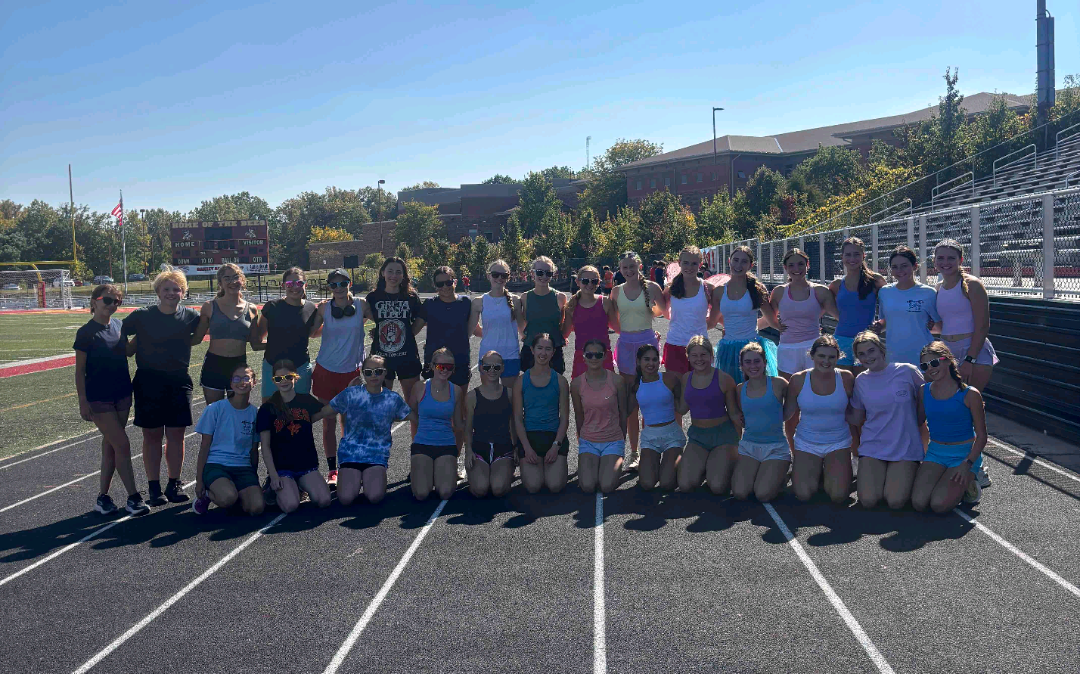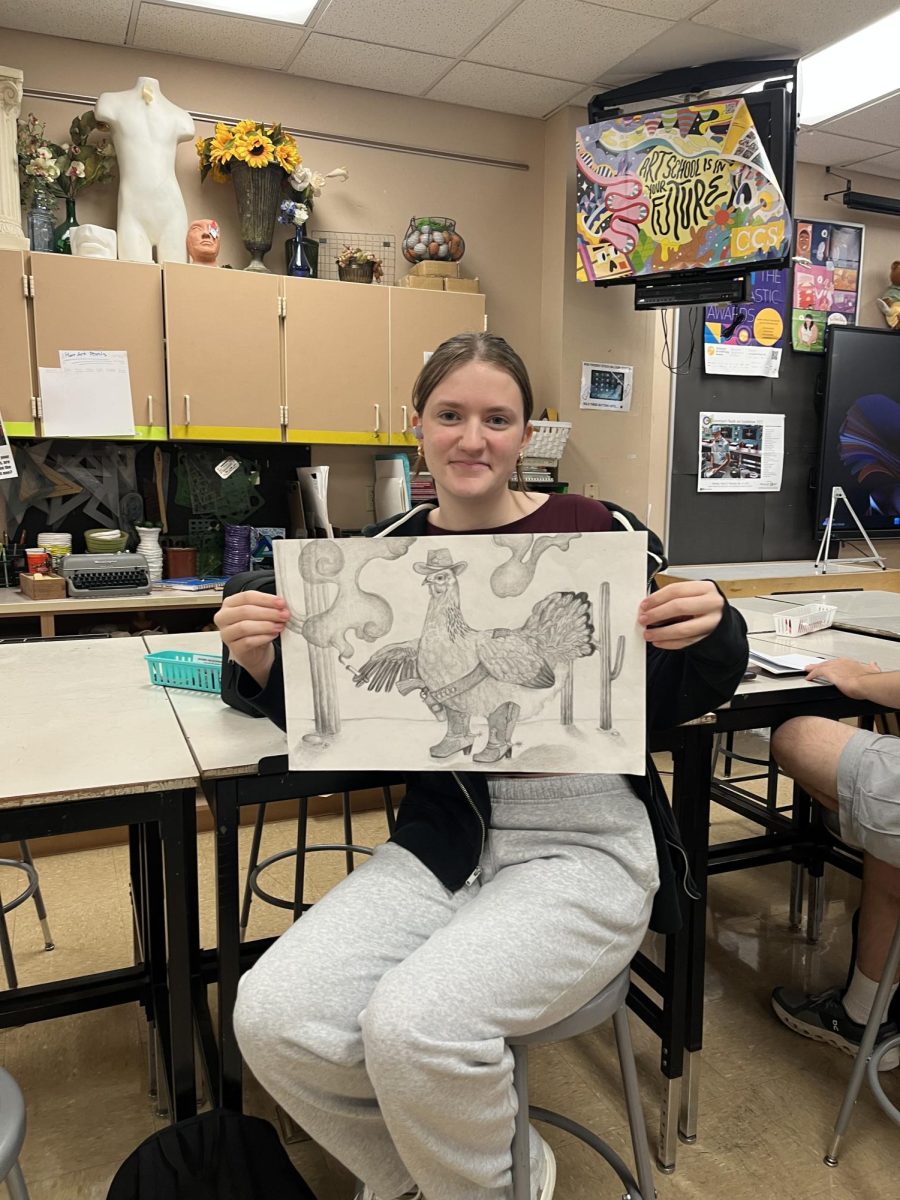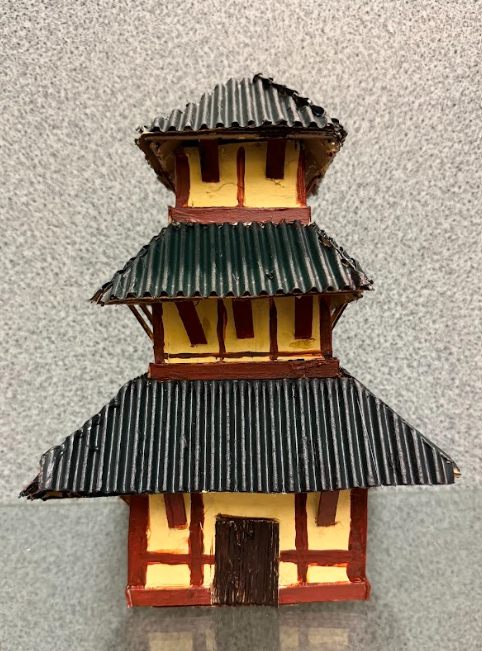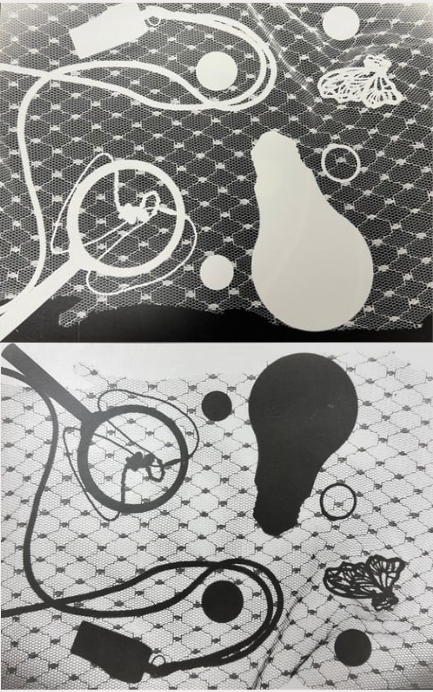It’s that time of year again, spring is fighting its way back to life, the temperature is inconsistent, but more or less rising, and love is in the air…Thanks Eros!
Mythology is an essential part of multiple cultures across the globe, many of which personify abstract ideas into gods and goddesses to be worshiped within their communities. One of the most universal of these concepts is love. Although there are many differences amongst the various deities, many may be surprised by the striking similarities of these beings worshiped from distant societies.
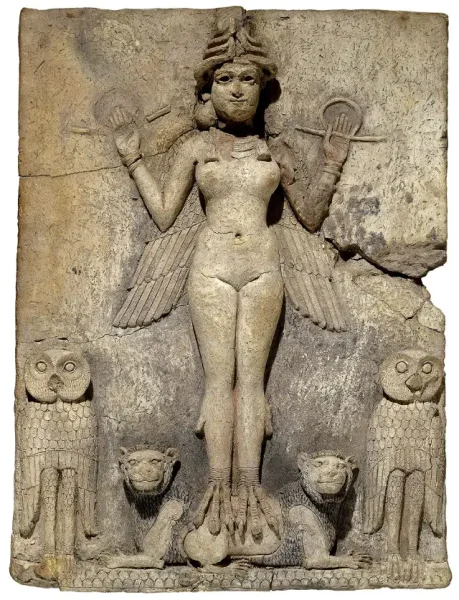
Starting with the likely least well known, Ishtar (ish-taar), a Mesopotamian goddess who rules over the domains of war, sexual love, rain and thunderstorms, and the storehouse. In certain myths she is said to be married to the sky god An, but in other myths, she is said to be his daughter. Her most notable symbols are the very well named Star of Ishtar, the planet Venus, and owls. She is also sometimes known as Inanna.
Though Clíodhna (KLEE-uh-na) comes from the well known country of Ireland, she herself seems to have less fame. She is a powerful Banshee, being their Queen, and is followed by three magical songbirds said to have the power of healing. She is the Irish goddess of love and fell in love with a mortal man named Ciabhán. Legend has it she left her immortal world to go be with her lover, but while he was off hunting, she was swept off to sea by a magic wave where she drowned.

Xochiquetzal (sho-kee-ketz-el) is a love goddess from the Aztec mythos who was the wife of the rain god Tlaloc. She reigns over flowers, marriage, and pregnancy. Tlaloc, the Aztec god of rain, is said to be her husband, and Xochiquetzal was also said to have been abducted by the god night, Tezcatlipoca, due to her beauty. Some other symbols associated with Xochiquetzal include flowers, the moon, and the sewing spindle.

In Hindu mythology Parvati (paar-vaa-tee), wife of the supreme god Shiva, encapsulates some similar domains, mainly being love, marriage, and family, while also reigning over beauty, fertility, the arts, and dancing. Symbols of Parvati include lotus flowers, tigers, elephants, and tridents. She is sometimes also known as Uma.

KL, Malaysia
Yue Lao (You Low), name meaning “oldman under the moon”, is a famous Chinese figure, and one of the surprisingly few male deities surrounding love. He specifically controls matchmaking, and that famous ‘red string of fate’ trope that authors love to use? That’s his string. He also is known to have a book of marriage.

Most people wouldn’t likely attribute the cow to the concept of love and beauty, the Egyptian mythology begs to differ. Hathor (ha-thr) was the cow headdress wearing goddess of the sky, fertility, motherhood, women, beauty, and love. She was well adored amongst her people, to the point she later became associated with death and the underworld as the goddess of female death along with Osiris the judge of the dead. Symbols of Hathor other than cows include lionesses, cobras, and the sycamore tree.
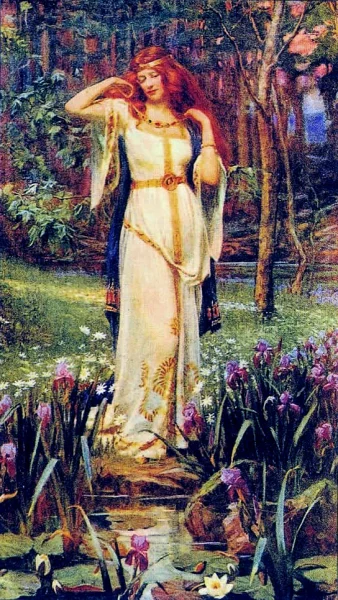
Like the Egyptians, Norse mythology attributes beauty, love, and even death is tied to a powerful goddess. Freyja (fray-uh), like Odin, gets to claim over half of the dead to fall in battle, and along with this she also rules over fertility, wealth, and magic. While claiming over half of the dead she rode in a chariot pulled by cats, one of her sacred animals, and other symbols include pigs and boars, daisies, and her necklace Brisingamen.
Finally, the ancient Greeks need no introduction, and neither do their primary goddess of love. As she was born from the sea, emerging from the seafoam in a rather dramatic fashion, Aphrodite (a-fruh-dai-tee), also known
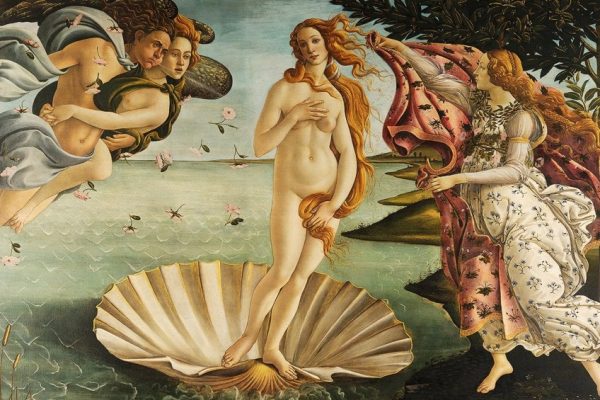
as Venus in her Roman form, has a small control over the sea and seafaring, but her primary domain is love and fertility. In certain city-states such as Sparta, Thebes, and Cyprus she was also worshiped with ties to war. Although, she is wed to the god of fire and the forge, Hephaestus, her most well known affair is with the god of war Ares. Some well known symbols of Aphrodite include swans, doves, pomegranates, and myrtle.
Another god incredibly tied to Aphrodite is the similarly famous Eros (eh-rows), her most famous son. Known as Cupid to the Romans, the oldest myths of Eros stated he was actually a son of chaos, making him a primordial god, but later myths adapted him to be the goddess of love’s son.

He is well known for how he influences the lives of mortals and gods alike, by shooting them with arrows causing them to fall in love, but even he is not immune to them. After being sent to meddle with the life of a beautiful mortal, Psyche, he ends up pricking his finger with an arrow, causing himself to fall in love with her. Mythological hijinks ensue, and Psyche also ends up getting nicked by an arrow, eventually ending with her mortality being upgraded to godly-hood so she can be the wife of Eros.
Aside from love and fertility like his mother, passion is also attributed with Eros, and he is also noted to be the protector of homosexual love. His most recognizable symbols are roses, bows and arrows, the lyre, and the hare.
One final myth surrounding love that ends in tragedy is the story of Chang’e, the Chinese goddess of the moon, and her archer husband Hou Yi. After receiving an elixir of immortality, Chang’e ends up drinking it and must leave her husband to live as the goddess of the moon. For a more indepth look at Chang’e, see video below.


























